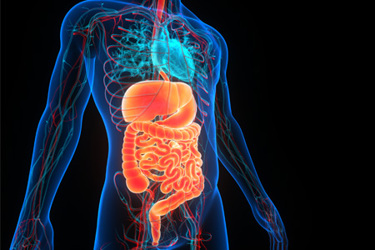Organ-Chips & Organoids: Better Together

Organoids have emerged in recent years as a promising avenue for research regarding human physiology and disease. A key advantage of these small, self-organized, three-dimensional cell models lies in their origin, as they can be derived from induced pluripotent stem cells (iPSCs) or stem cells from human biopsies. This unique characteristic allows them to differentiate into various cell types, thereby encompassing a broader cellular diversity compared to conventional models.
Despite the advantages of organoids, a lack of certain elements of the in vivo intestinal microenvironment limits their physiological relevance. Additionally, the spherical structure of organoids poses experimental challenges, including inconsistencies in size and shape, limited control over key variables, and restricted access to one side of the epithelium.
Fortunately, leveraging organoids as a robust cell source for Organ-Chips allows for the development of more accurate human biological models. Combining these technologies enhances the cellular morphology and functionality of organoids and results in gene expression patterns more akin to in vivo conditions. Moreover, it facilitates the exploration of new experimental approaches.
Get unlimited access to:
Enter your credentials below to log in. Not yet a member of Pharmaceutical Online? Subscribe today.
